The Hope Mausoleum, Deepdene: As grand a resting place as any of the great and the good could wish for
The restoration of this once-forgotten 19th-century mausoleum in Surrey is 'heroic', says John Goodall. Photography by Justin Paget for the Country Life Picture Library.

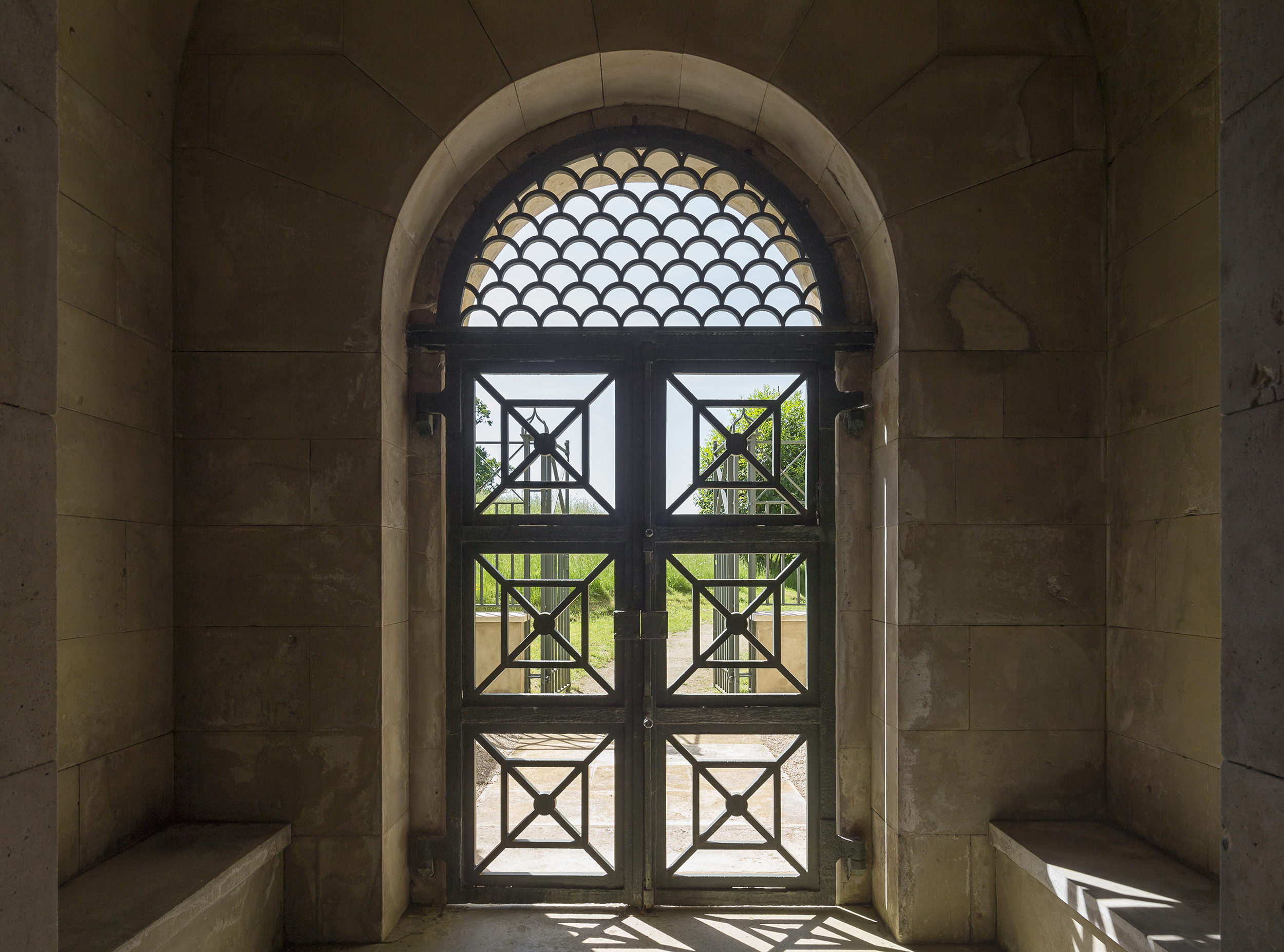
On May 10, 1819, the rich collector Thomas Hope signed an indenture that conveyed ‘a certain building called a Dormitory or Sepulchral Chapel’ on his estate at Deepdene, Surrey, into the ownership of a body of trustees. As the document explains, the building and the parcel of land on which it stood were to be purchased for the nominal sum of 10 shillings.
After consecration, they were to be ‘set apart from all common and profane uses’. The building’s purpose was to receive the body of Thomas’s son ‘Charles William Hope now deceased’ and to serve as ‘a Burial-place for the said Thomas Hope and his Family and Descendents…or owners of the capital mansion house called the Deepdene’.
In the margins of the document, a plan, elevation and several cross-sections of the mausoleum were drawn, showing a small building set into a hillside. Retaining walls hold back the earth to either side of a small forecourt and a third wall to the rear frames the entrance to the mausoleum itself. This wall conceals flues to permit the circulation of air inside the mausoleum.
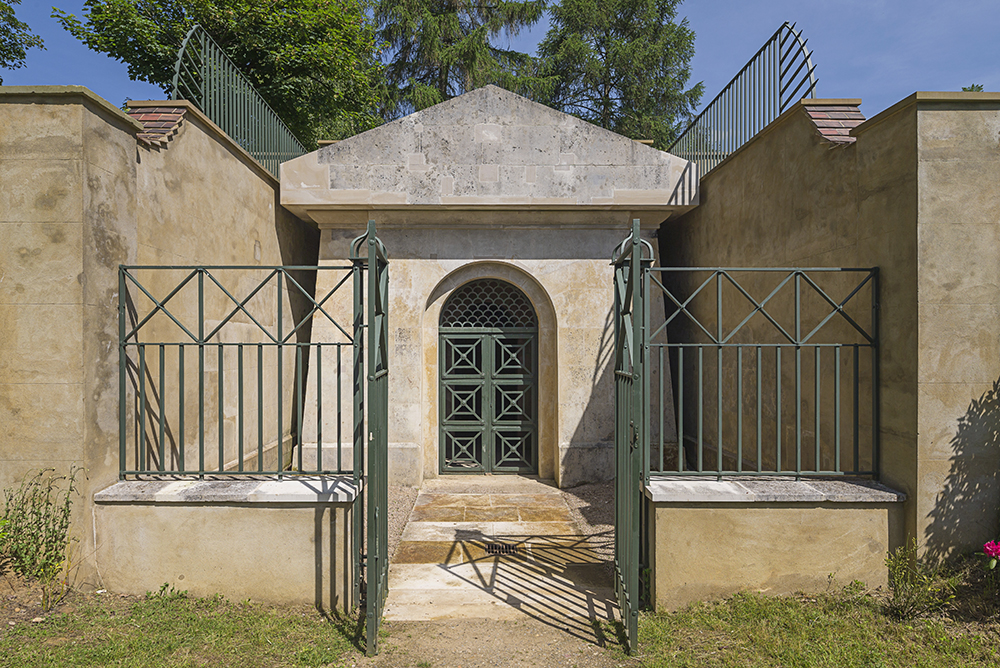
Within its walls are spaces for 33 coffins, the regular recesses accommodated around the central space in three arms of the cross-shaped plan. The entrance through a porch in the fourth arm is ruggedly conceived with battered walls. Over its central archway is a monumental gable or pediment.
Modern visitors can encounter this building in almost exactly the form shown on the drawings and they might be forgiven for supposing they had stumbled across a relic of Greek antiquity. The façade is constructed of the finest cut blocks of stone; the entrance courtyard is neatly paved in stone slabs. Bronze green railings and a heavy iron gate enclose the whole.
Beyond the vestibule with its stone benches is a heavy door, its recently restored oak frame set with chestnut panels backed by metal plates for security. Inside, the central vault rises to a cruciform keystone. The burial niches — only nine of them filled — are closed by massive slabs of stone that are held in place by two bronze pins. Each is fixed with bronze handles so they can be lifted out of position.
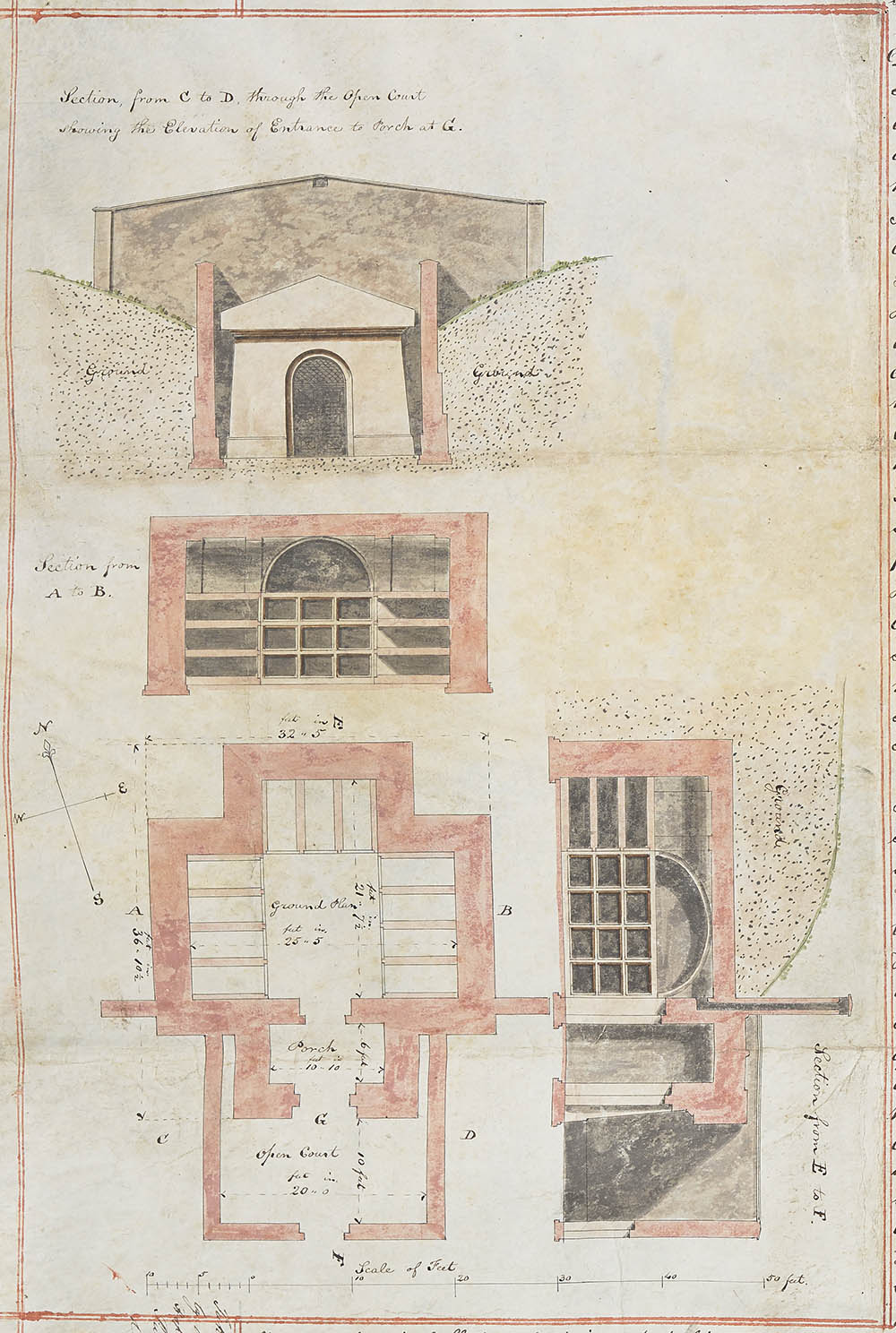
Astonishingly, this building lay buried and forgotten for much of the 20th century. It can only be appreciated now thanks to a heroic restoration project led by Alexander Bagnall on behalf of Mole Valley District Council, which owns the mausoleum and its setting. With the support of the Mausolea and Monuments Trust and financial help from the Heritage Lottery Fund, as well as other public and private donors, the mausoleum has been exhumed and restored.
Exquisite houses, the beauty of Nature, and how to get the most from your life, straight to your inbox.
At the same time, improvements have been made to some surviving elements of the park with the help of a volunteer group, the Friends of Deepdene. The project has focused attention on the importance of the mausoleum and the interest of its parkland setting, a story set out in detail for the first time in an exemplary new guidebook by Mr Bagnall (available at Dorking Museum).
Deepdene takes its name from a short and steep-sided valley, scooped out of the North Downs near Dorking. It’s a secluded site and a dramatic one; a natural amphitheatre that enjoys spectacular views down onto the town and the landscape beyond.
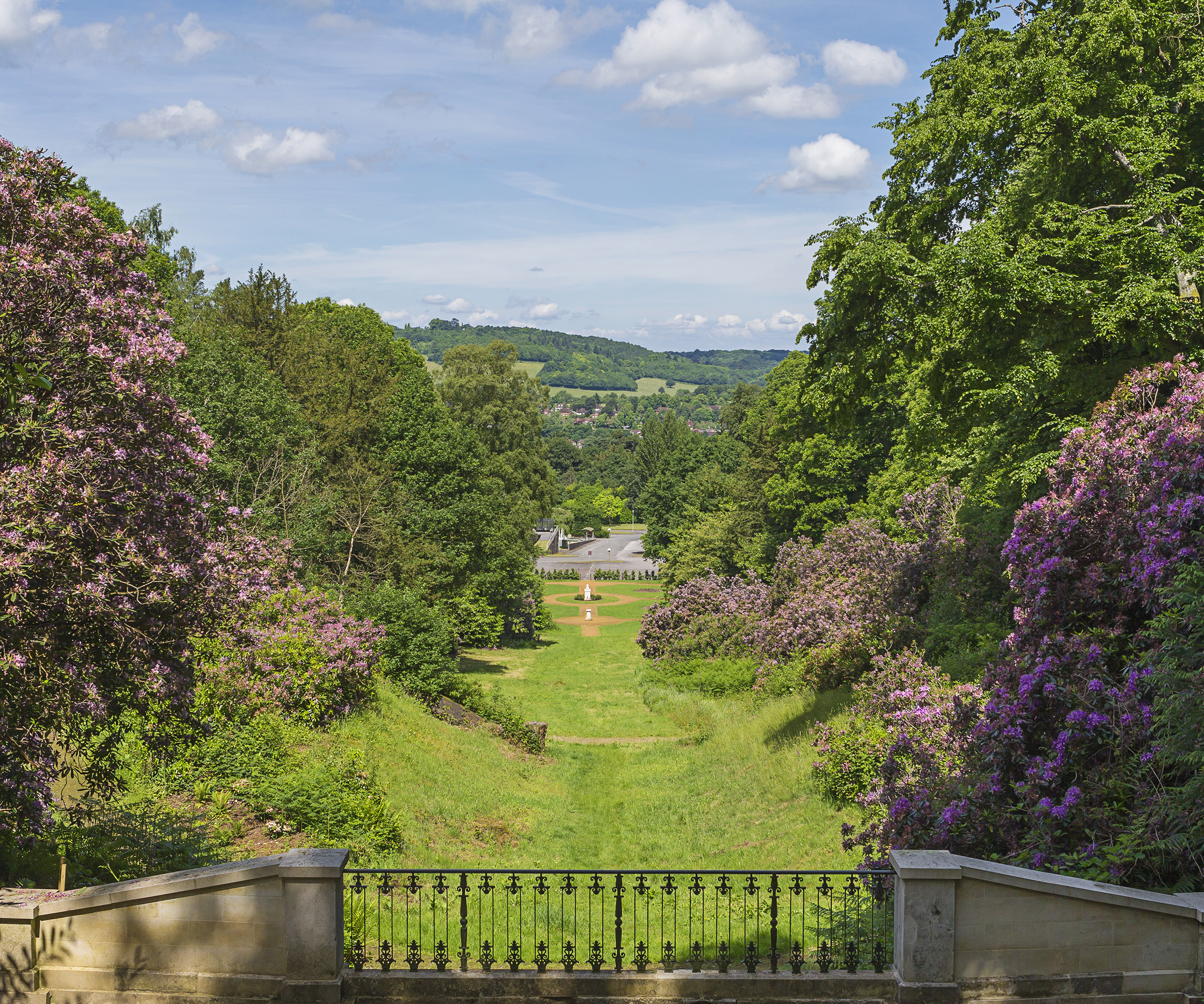
By 1652, this was the home of the Hon Charles Howard. He was a kinsman of the Dukes of Norfolk and a grandson of the Earl of Arundel, a celebrated collector and a patron of Inigo Jones. Taking advantage of the natural topography, Howard created what the diarist John Evelyn called in 1655 an ‘Amphitheatre Garden, or Solitarie recesse, being 15 ackers, invirond by an hill’.
As a Catholic, Howard was excluded from public office and his garden was, therefore, effectively a retreat. It also evidently served as a cabinet of curiosities; Evelyn was shown here ‘divers rare plants; Caves, an Elaboratory’ — Howard was fascinated by chemistry. In other words, this was a place of privacy and withdrawal that nevertheless offered, through its contents, a window on the world.
To the antiquarian and natural philosopher John Aubrey, who drew a plan of the garden in 1673, it seemed a place of ‘delightful solitude’ and a microcosm of Creation: ‘Here are no ornaments of Statuary or Carver; but the Beauty of the Design and Topiary speak for itself… in short it is an Epitome of Paradise, and the Garden of Eden seems well imitated here.’

Charles Howard died in 1713 at the age of 83 and the property passed first to his son and then his grandson. The latter, another Charles, decided to create a new residence for himself at Deepdene more in keeping with the family’s wealth and status. Largely complete by 1775, this was a substantial building, of 13 bays across and the work of London surveyor William Gowan. In 1777, however, Charles became Duke of Norfolk. When his son, in turn, inherited the title and its great estates, Deepdene was sold.
In 1807, it was purchased as a single lot at a London auction by Thomas Hope, the future builder of the mausoleum. Hope was born in Amsterdam in 1769, where his family managed a vastly successful international banking house. Having briefly worked in the business, Hope set off in 1787 on the first of several journeys to explore the rim of the Mediterranean. For much of the next eight years he studied and recorded antiquities. He came to love the Levant, assuming local dress and abandoning Christianity .
The occupation of Antwerp by French revolutionary forces in 1795 forced Hope to settle in London, where he purchased and adapted a large house on Duchess Street. Hope was not popular — enemies described him as ill-favoured, humourless, conceited and tactless — but he was acknowledged to be an outstanding patron and scholar of the Arts. Among the neo-Classical sculptors he commissioned, for example, were Antonio Canova, Bertel Thorvaldsen and John Flaxman. He was no less important as a collector of antique ceramics and sculpture and, in 1801, he purchased Sir William Hamilton’s celebrated Classical vase collection for the huge sum of £4,725.
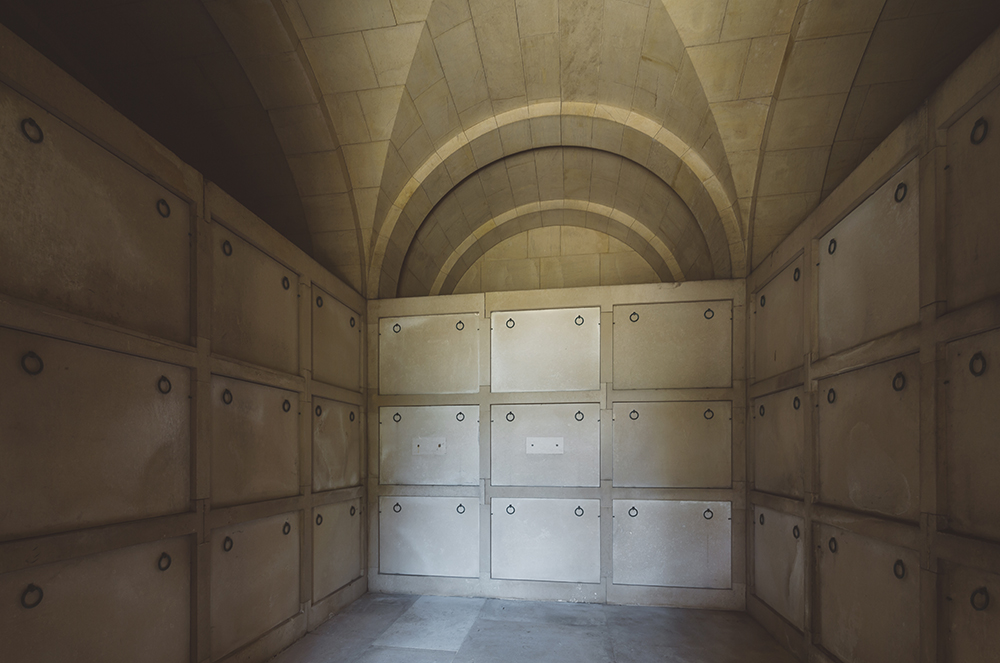
Hope aimed, by his collecting and patronage, at nothing less than the transformation of taste by example. He promoted a modern style of Classicism that was indebted to contemporary Parisian fashion, in particular the work of Percier and Fontaine. Its neo-Classical element was not only informed by an understanding of Roman precedent, but of the Greek and Egyptian antiquities — which Europe was eagerly learning about. His London house became the showcase for his ideas and, from 1804, he issued tickets to encourage visits. The first recipients, a party from the Royal Academy, regarded the tickets as a gross impertinence, but nevertheless, Duchess Street quickly acquired cult status.
The purchase of Deepdene coincided with the publication of a book that further publicised the interiors of Hope’s London house: Household Furniture and Decoration (1807). It also followed soon after Hope’s marriage to a society beauty, the Hon Louisa Beresford, in 1806. Presumably, the house was intended as a country villa, although, initially, the couple seems to have seldom used it. In 1818, that changed, a circumstance that is tempting to associate with the death of Hope’s second son, Charles, in Rome the previous year, at the age of seven.
It was for Charles — who is named in the 1819 indenture — that the Deepdene mausoleum was clearly built. It was apparently in conjunction with this project, between 1819 and 1823, that the adjacent 18th-century house was remodelled in stages. Perhaps the need to bury the boy made the Hopes crave a dynastic centre of gravity.
The architect employed on the house (and probably, therefore, on the mausoleum as well) was William Atkinson, although Hope was closely involved in the design process.
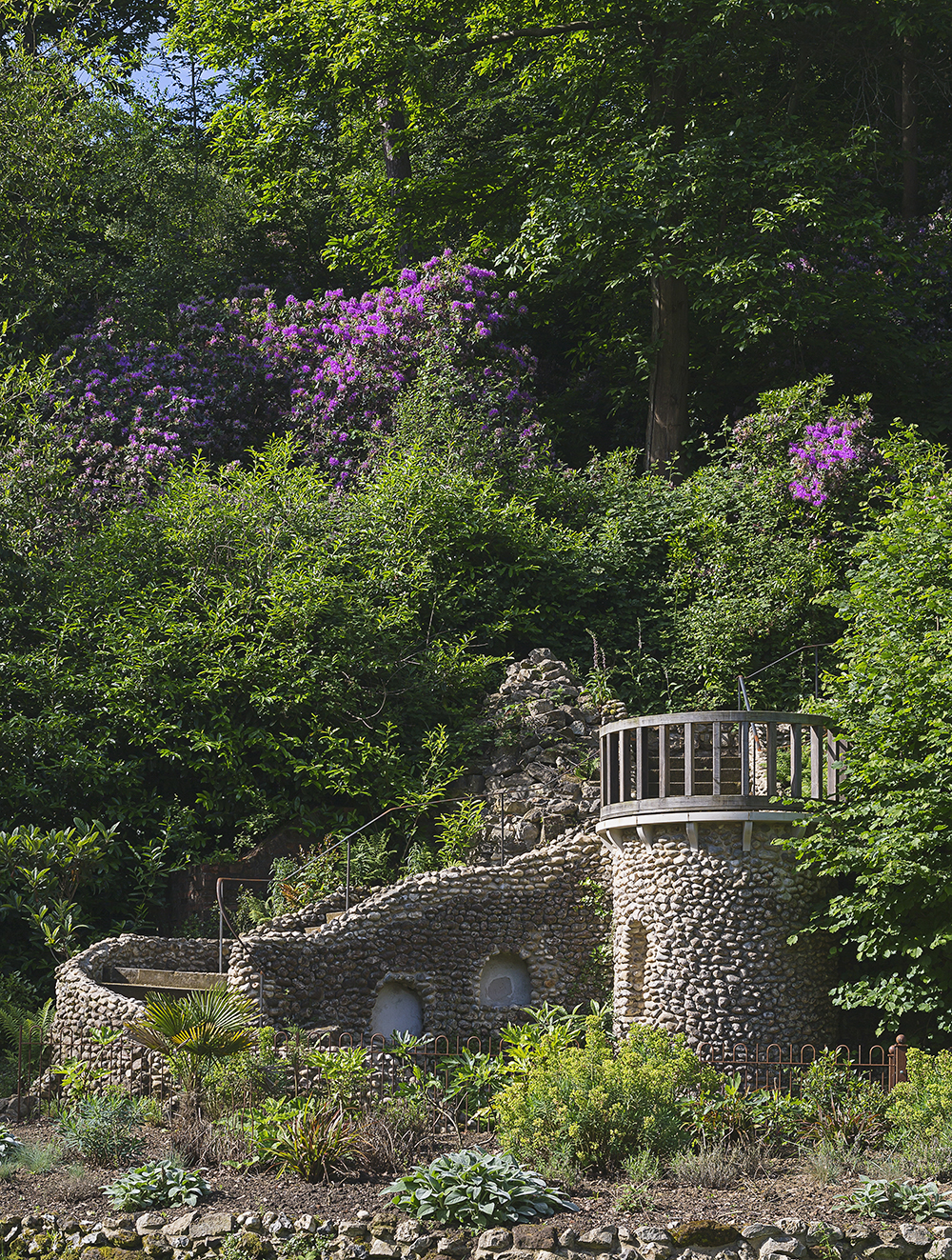
Hope died in 1831. His collections passed to his son Henry, who acquired his mother’s life interest in Deepdene in 1833 and afterwards further adapted the house.
Henry remained unmarried until 1851, when, following the death of his mother and against the wishes of his family, he married a cook called Anne Adele Bichat, by whom he had already had a daughter, Henrietta, born in 1843. To save Henrietta from the stigma of illegitimacy, he arranged her marriage to Lord Lincoln, profligate heir to the Dukedom of Newcastle, paying off his gambling debts of £230,000 as part of the marriage settlement and granting the couple a large income.
Henry died in 1862 and his widow, Anne, continued to occupy Deepdene until 1884. She left the house to her daughter’s second son, Francis (the elder inherited the Dukedom). Lord Francis, who assumed the surname Hope, was in turn forced by debt to lease Deepdene. He found an enthusiastic tenant, however, in Lily, Duchess of Marlborough, who lived here until her death in 1909. She modernised the house, which was by then also the home of most of Thomas Hope’s surviving treasures, including those from Duchess Street. These were photographed, amid an incongruous mixture of Imperial bric-a-brac and Edwardian aspidistra, by Country Life in 1899.
In subsequent years, Lord Francis’s personal circumstances worsened and, in 1917, he was obliged to sell the house at Deepdene and all its remaining contents. The sale introduced another generation of tastemakers to the ideas of Thomas Hope, including the writer Edward Knoblock and the architects Gerald Wellesley, the future Duke of Wellington, and Albert Richardson.
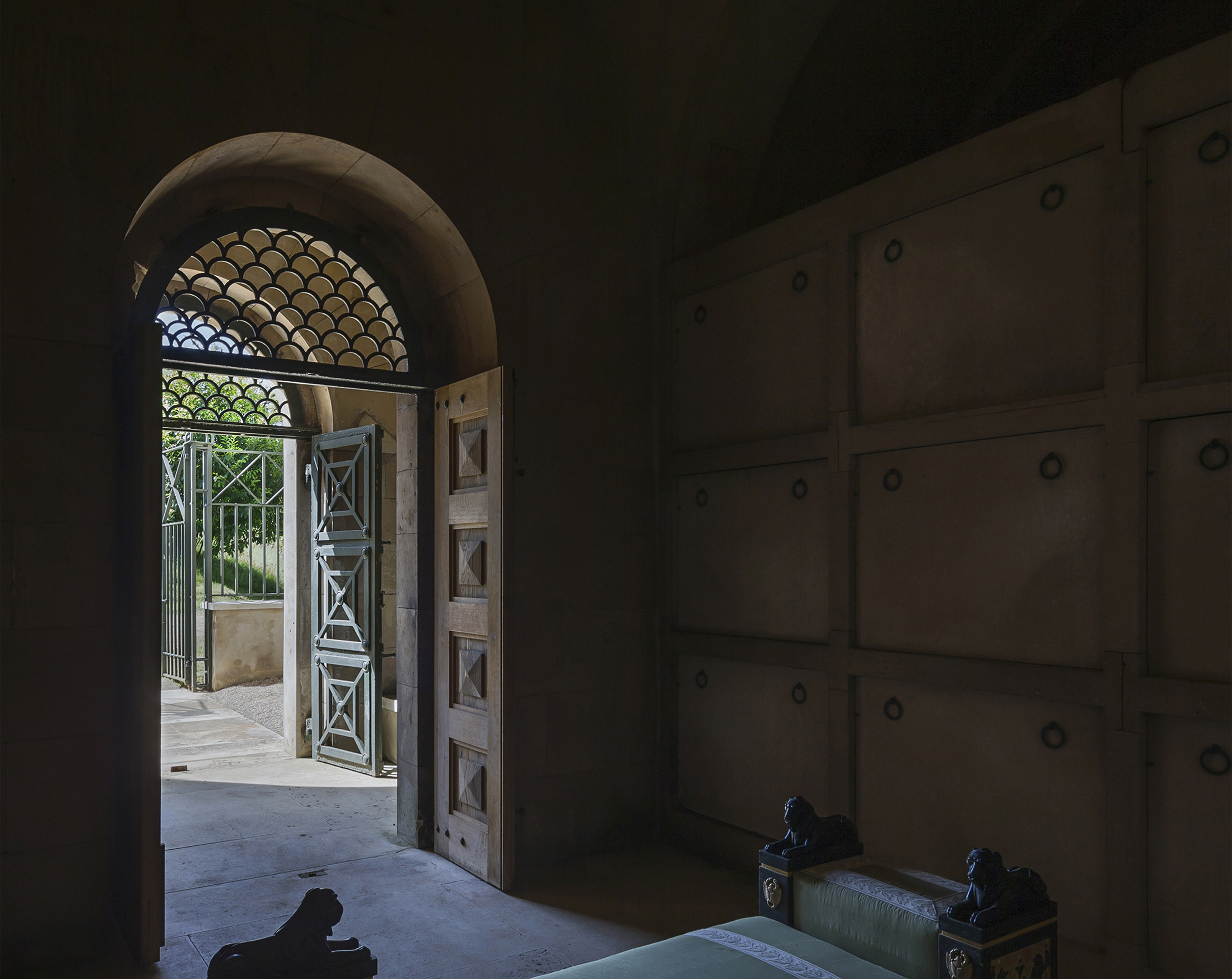
Afterwards, the estate was broken up and the house was turned into a hotel. This survived until 1939, when Deepdene became the wartime headquarters of Southern Railway; use was also made of the nearby garden caves. The house was vacated by the railway in 1966 and demolished in 1969.
By this date, the mausoleum had already vanished from sight. In 1955, there had been an attempt to break into the building, so the main door was carefully bricked up. Soon afterwards, Dorking council was offered this small portion of the estate for recreational use. As a condition of taking it on, the council demanded that the mausoleum courtyard be filled in to avoid accidents, so, for the next 50 years, all that appeared above ground was the tip of the pediment over the entrance.
The restoration of the mausoleum was first contemplated in 2008. In April 2010, the façade was excavated and the blocked entrance opened for the first time in half a century. The necessary funds for repairs were in place by 2015 and work continued for the next two years. As a reminder of Hope’s interests in neo-Classical decoration, a replica of one of his famous Egyptian benches, copied from an original sold in 1917 (now at Buscot Park, Oxfordshire), has been made by Jonathan Sainsbury and set inside. The contrast between this luxurious object and its austere setting makes the restored mausoleum a poignant place to contemplate the artistic legacy of Hope.
For more details, visit www.deepdenetrail.co.uk and www.dorkingmuseum.org.uk
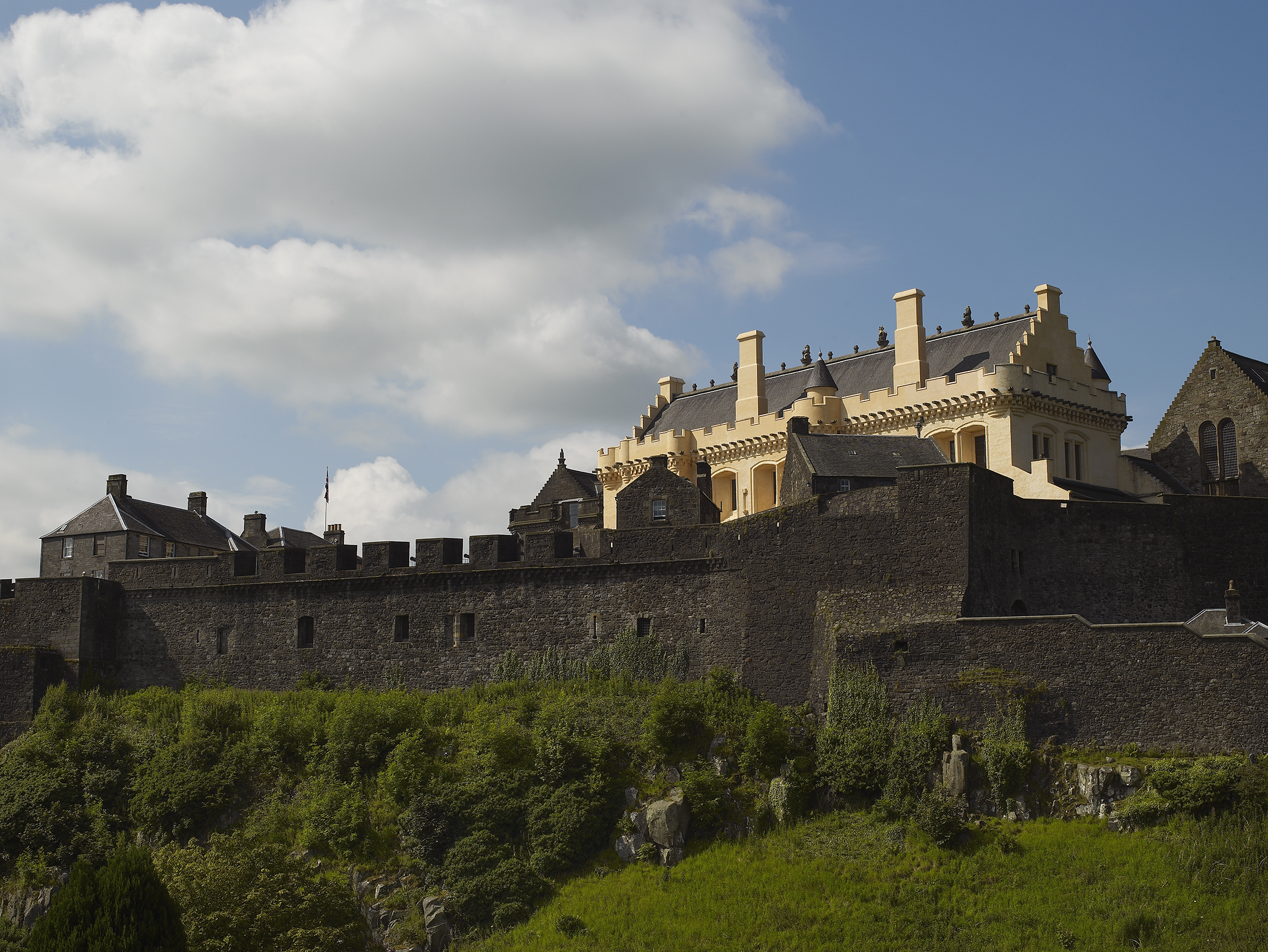
Stirling Castle: Renaissance of a Royal Palace
It was within sight of Stirling Castle that two of the most famous Scottish victories over the English were won.
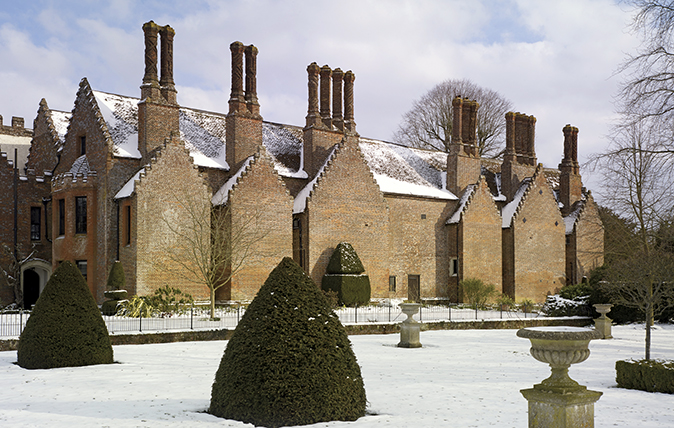
Chenies Manor, Buckinghamshire: The Tudor estate that encompasses the ancient oak tree beneath which Elizabeth I lost a piece of jewellery
This Tudor house was the unlikely venue for the first meeting of the founding group of The Arts Society. John

Credit: Sarah Farnsworth
A truth that ought to be universally acknowledged: Dogs really are family
Joe Gibbs looks back on his week and despairs of a judge who refused to accept the truth that all
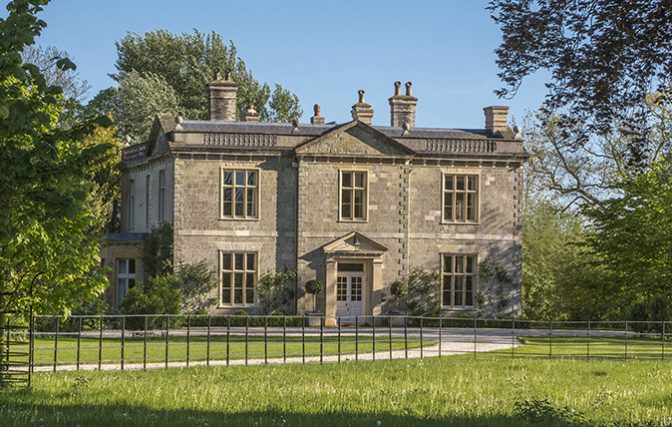
Credit: Savills
A beautiful country house on the banks of the River Stour whose history has been forged in fire
A mansion in Dorset on the banks of the River Stour looks every inch the tranquil country pile, but Manston

John spent his childhood in Kenya, Germany, India and Yorkshire before joining Country Life in 2007, via the University of Durham. Known for his irrepressible love of castles and the Frozen soundtrack, and a laugh that lights up the lives of those around him, John also moonlights as a walking encyclopedia and is the author of several books.